With the right know-how, a jigsaw can help you make intricate cuts in woods, metals, plastics or tiles in just a few swift moves. Here’s a guide to using this multi-talented power tool so you get the best out of your jigsaw; whether you want neat straight lines or stylishly curved shapes.
If the job involves severing wood, go with a saw blade featuring fewer teeth per inch. This will deliver a quicker, less refined cut. For metal or plastic, up the tooth count in order to obtain a slower, more polished cut. As such, tile requires its own specialized blade.
To acquire an accurate cutting line, a pencil or ruler can provide a straight edge, while a template and pencil become valuable tools for curves. Simply trace your desired configuration, and you’re ready to go!
When you’re ready to slice away the wood, ensure that your marking is accurate and start slicing. If your pattern is linear, you can utilize the complete length of the blade. For a curvy path, opt for a shortened blade portion and repeat a few times until the design is achieved.
When cutting, make sure the blade remains straight and true. If the blade begins to tilt, this can lead to snagging, consequently resulting in a broken blade.
After completing your cutting task, it is paramount to disconnect the jigsaw and give the blade a short break before attempting to replace it. Moreover, if you go for multiple material pieces, wiping off the blade between each cut is advocated to protect from cross-pollination.
In no time, you’ll be able to master the art of cutting both straight and curved lines using a jigsaw in a selection of materials.
Related Product

High Speed 12V Power Tools With Lithium Battery
Product Description Power Source Electric Biggest drill hole 16mm Customized support OEM Application Industry Dimensions 32mm Hammering frequency 6200 Frequency 6200 MOQ 1PCS Max. […]

High Quality Multifunction Battery Powered Drill For Sale
Warranty 1 years Voltage 21V Place of Origin China Brand Name MSK Model Number MSK-PT Power Source LI-ION BATTERY No-Load Speed 1350prm Drilling Diameter 10mm Features 1. Strong to […]
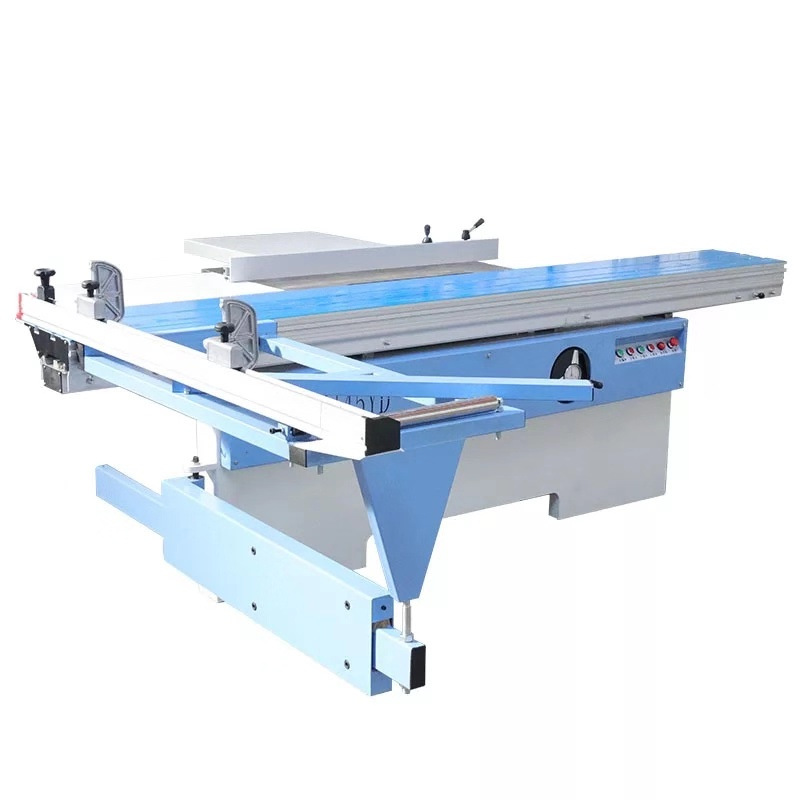
Miter Saw Trim Panel Machine
Product Information Brand MSK Maximum Processing Thickness 80 (mm) Type Panel Saw Maximum Processing Width 1250 (mm) Forms Of Work Fully Automatic Total Weight 600 (kg) Rate […]

Power Tools Lithium Battery Power Drill Impact Drill
Product Information Brand MSK Power Type Rechargeable – Lithium Battery Technology Drill Holding Method Drill Chuck Forward And Reverse Direction About Scope Of Applic […]
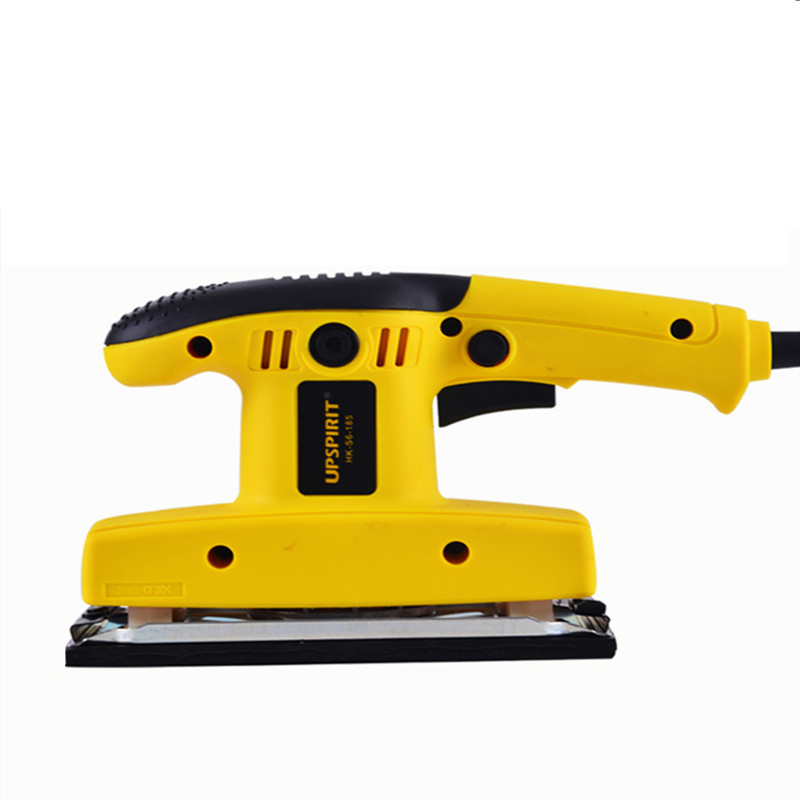
Belt Machine Floor Sander
Product Information Brand MSK Sandpaper Size 110*100 Scope Of Application Woodworking, Sheet Metal Putty, Facade, Metal Derusting And Polishing Appendix Export Standard, Eur […]
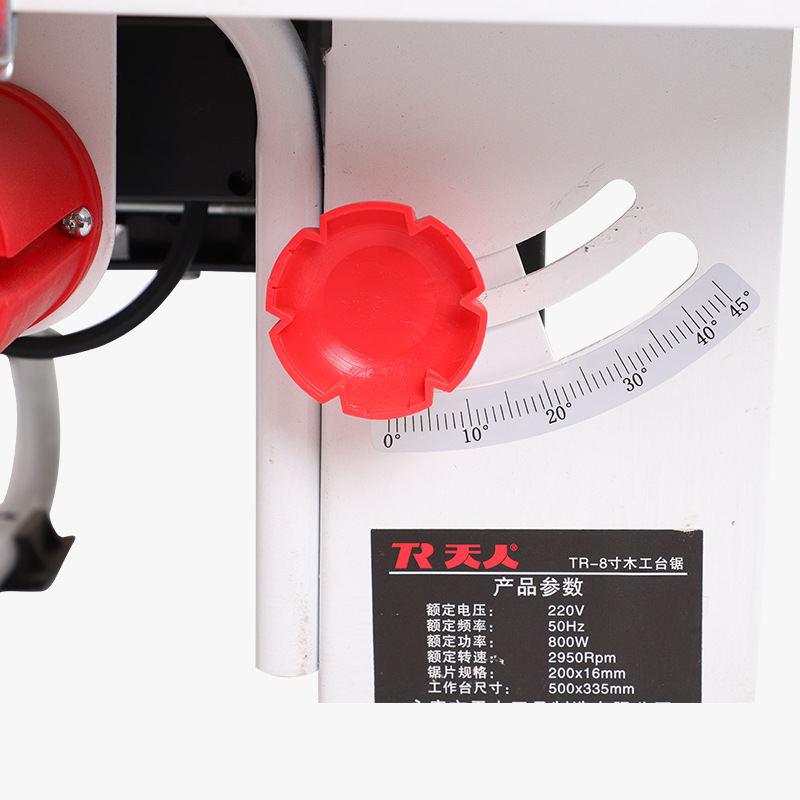
Woodworking Tools Woodworking Table Saw
Product Information Origin MSK Rated Voltage 220V Type Table Saw Scope Of Application Home Renovation Cutting Depth 45-27 (mm) Power Type AC Power Rated Input Power 800 (W) […]
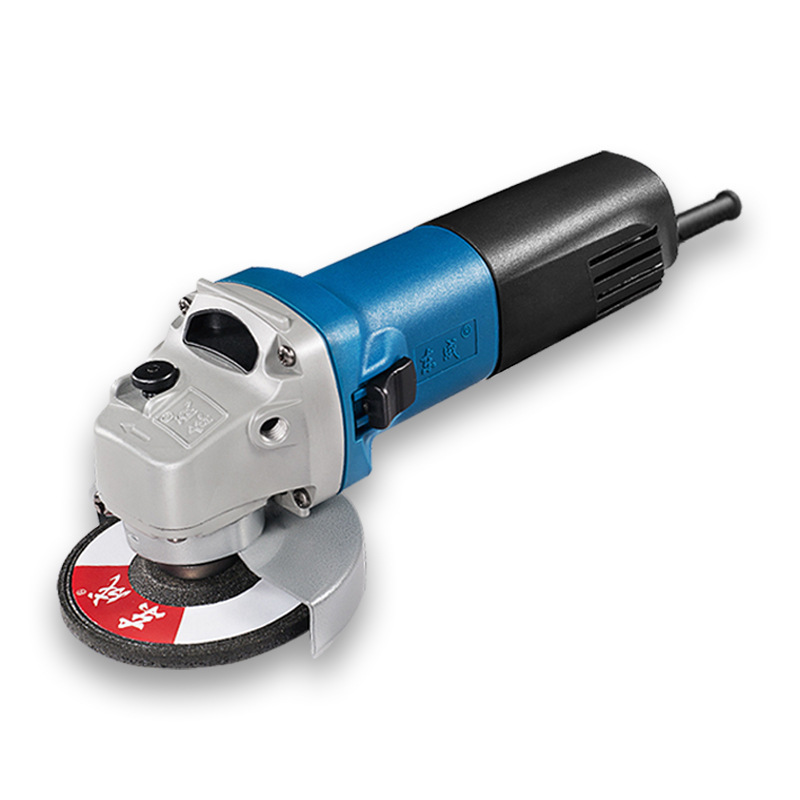
Home Cutting Machine Hand Grinder Power Tools Grinder
Product Information Brand MSK Model Electric Angle Grinder Scope Of Application Cutting, Grinding Appendix Wrench, Carbon Brush Rated Voltage Range AC Single-Phase And DC 50 […]
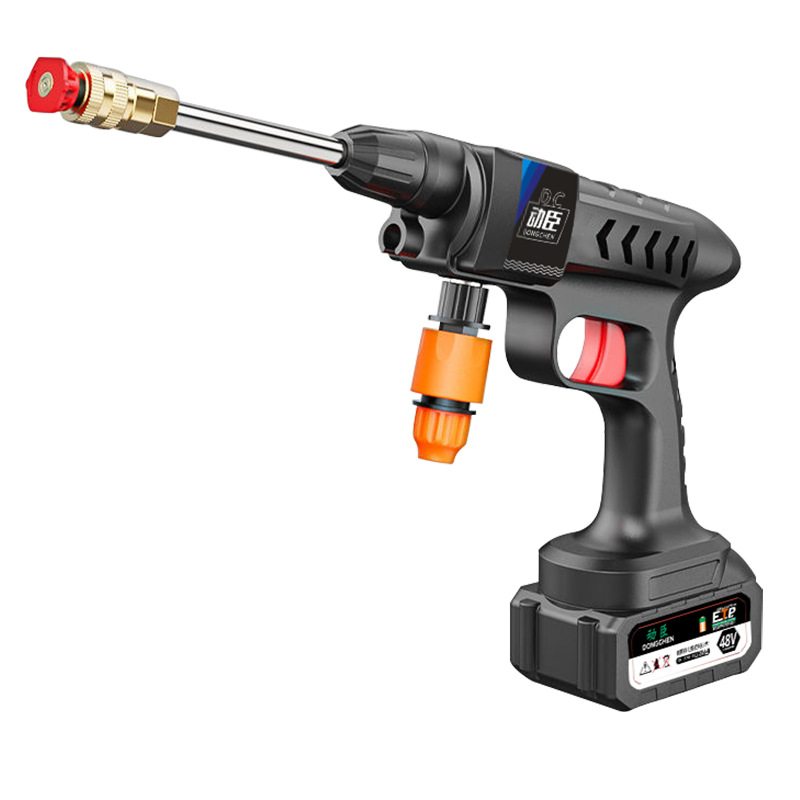
Factory Wholesale High Pressure Water Gun Wireless Lithium Battery Car Wash Gun Charging Portable Car Wash Machine Brush Car Wash Machine
Product Information Brand MSK Work Pressure 30bar Material ABS Flow 3L/min Outlet Pipe Length 5 Meters Weight 2.5kg Power Cord Length Charger 1 Meter Power 180W/360W Power S […]
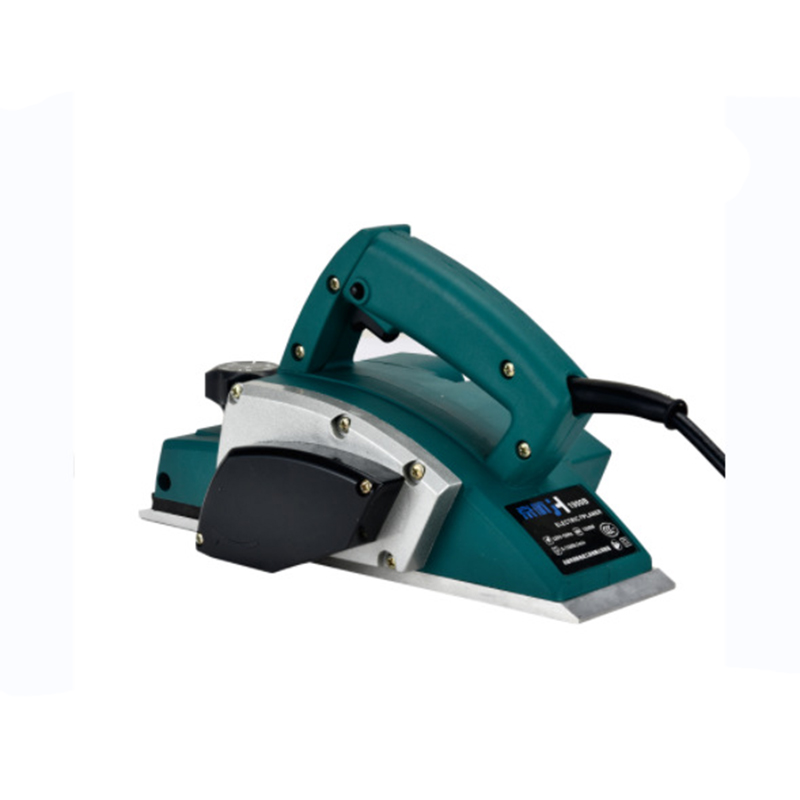
Wookworking Tool Electric Hand Planer
Product Information Brand MSK Power Type AC Power Power Cord Length 1.8 Rated Voltage Range AC Single-Phase And DC 50V Above 250V And Below Scope Of Application Carpentry Vo […]
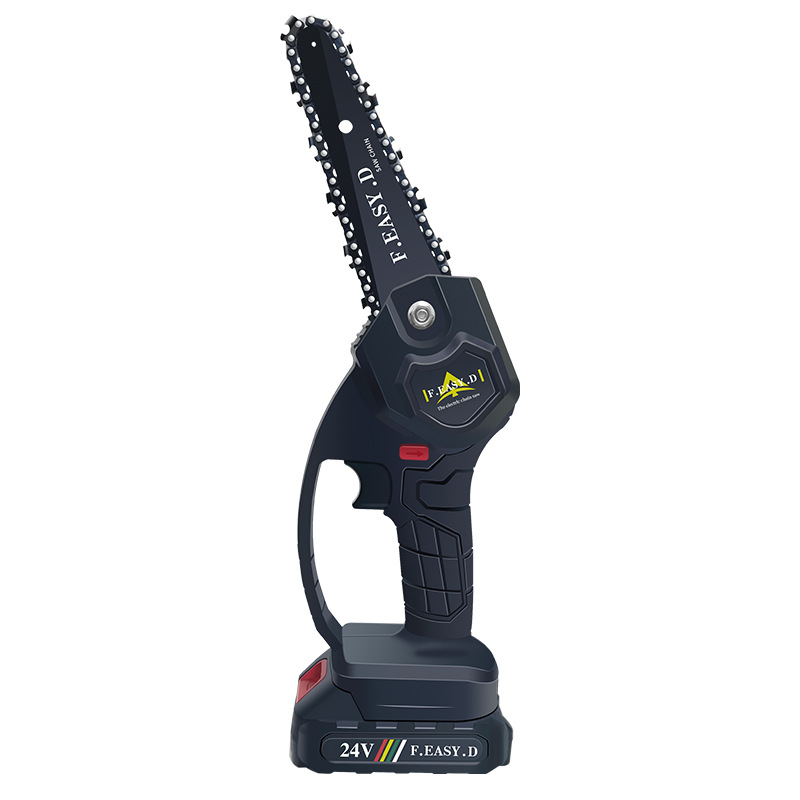
Battery-powered Cordless Chainsaws
Product Information Brand MSK Voltage Twenty Four Battery Power 2000 Standard Accessories Guide Chain Scope Of Application Pruning, Logging, Cutting Power Type Rechargeable […]
Post time: 2023-06-24
